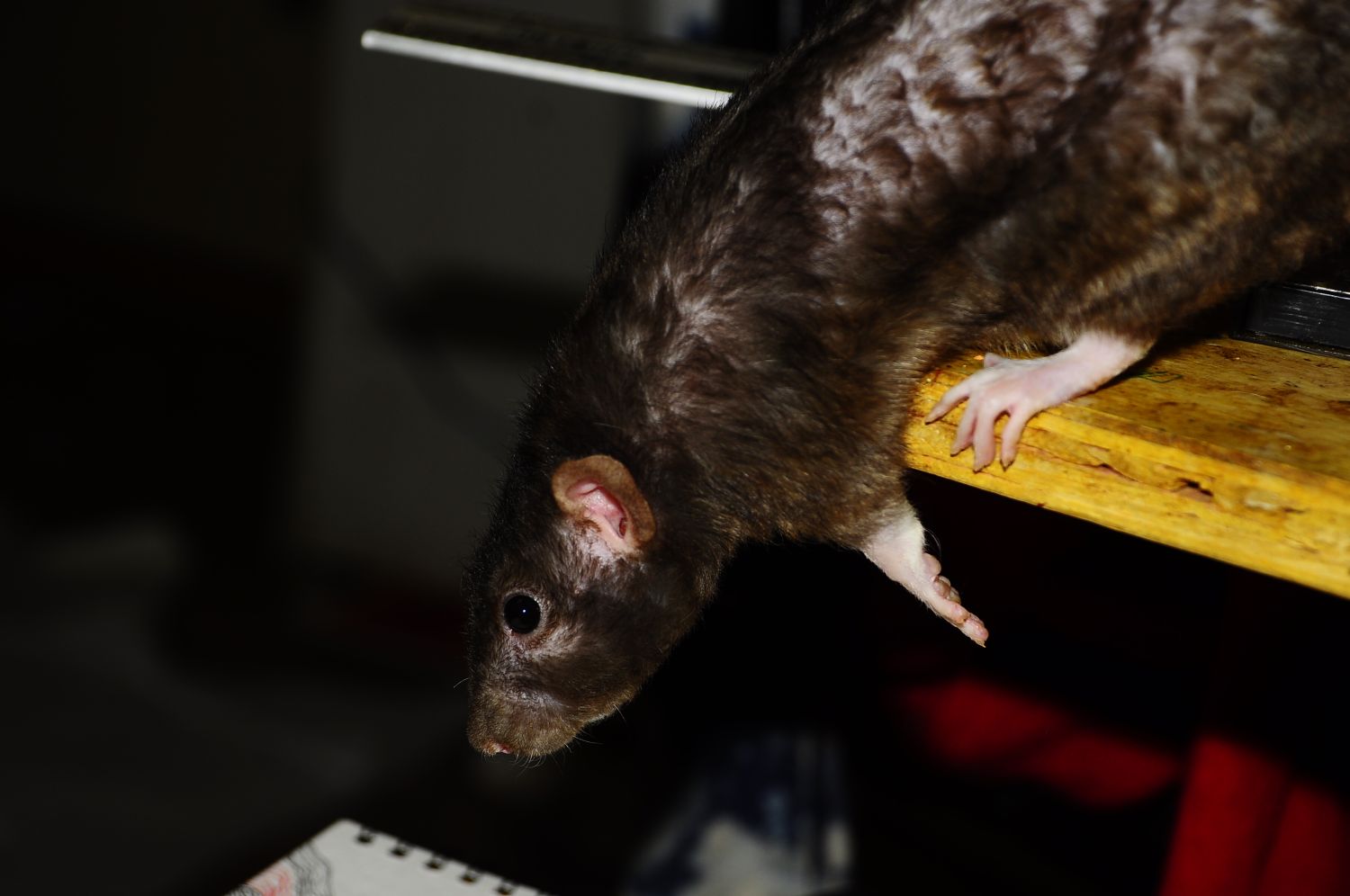Short Trip is an interactive illustration in which you drive a tram for cats as it rumbles up and down the hand-drawn mountains. It’s a peaceful and lovingly designed experience that only lasts a few minutes, yet the attention to detail, from the sound to the sketched trees and turning windmills, is transporting.
Why cats? Australian artist Alexander Perrin was inspired both by his mother’s passion for cats, and his own feline companion in sketching the characters that populate Short Trip.
[…]
Short Trip is planned to be the first by Perrin in a collection of interactive illustrations. This inaugural edition is available to play for free (donations are welcome) on both his site and Itch.io. With all the stress in the world, it is a respite of calm, with birds chirping in the background as the cats leisurely prowl their scenic environment. As Perrin stated, “I suppose cats feel right to support the tramway as they never seem to have a necessary destination, they just move to wherever seems pleasant at the time.”
You can read and see more at Hyperallergic.






























